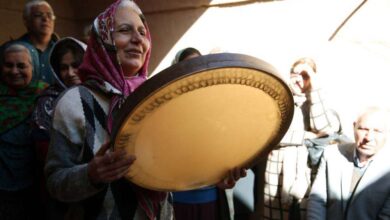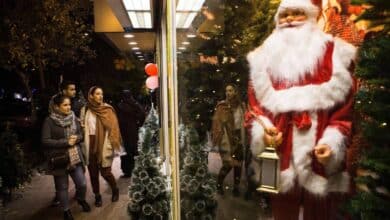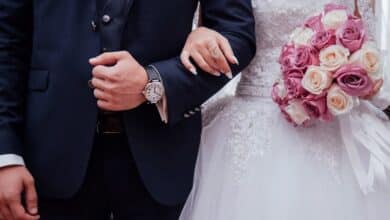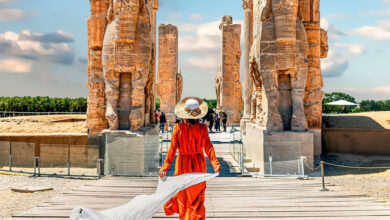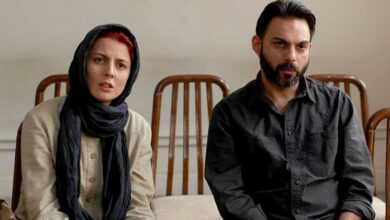Iran’s Traditional Music: A Melodic Tapestry
Learn About Different Iranian Musical Instruments

Traditional music has a wide variety and a rich historical background in Iran. In ancient Persia, playing music held a special place in religious, ritual
and festive occasions. Interestingly, during the time of the Sasanian Empire and the reign of King Khosrow, the first musical system of the Middle East came into existence. Iranian music has had a significant influence on neighboring countries such as Afghanistan, Pakistan, Azerbaijan, Armenia, Turkey and Greece.
There was a period in the history of Iranian music when it became less vibrant, for example during the Pahlavi era, with the establishment of music classes, we witnessed the introduction of Western music into Iran as well. But in the current decades, efforts have been made to revive classical and traditional music and to promote the education of this music
Contents
Structure of Ancient Iranian Music
In ancient Iran, the structure of music generally consisted of the following elements:
Dastgah
Traditional Iranian music consists of twelve modes, of which seven (Shur, Segah, Homayoun, Mahour, Chahargah, Nava, and Rast-Panjgah) are more independent and are referred to as “dastgah.” Additionally, each dastgah includes several gusheh (melodic units).
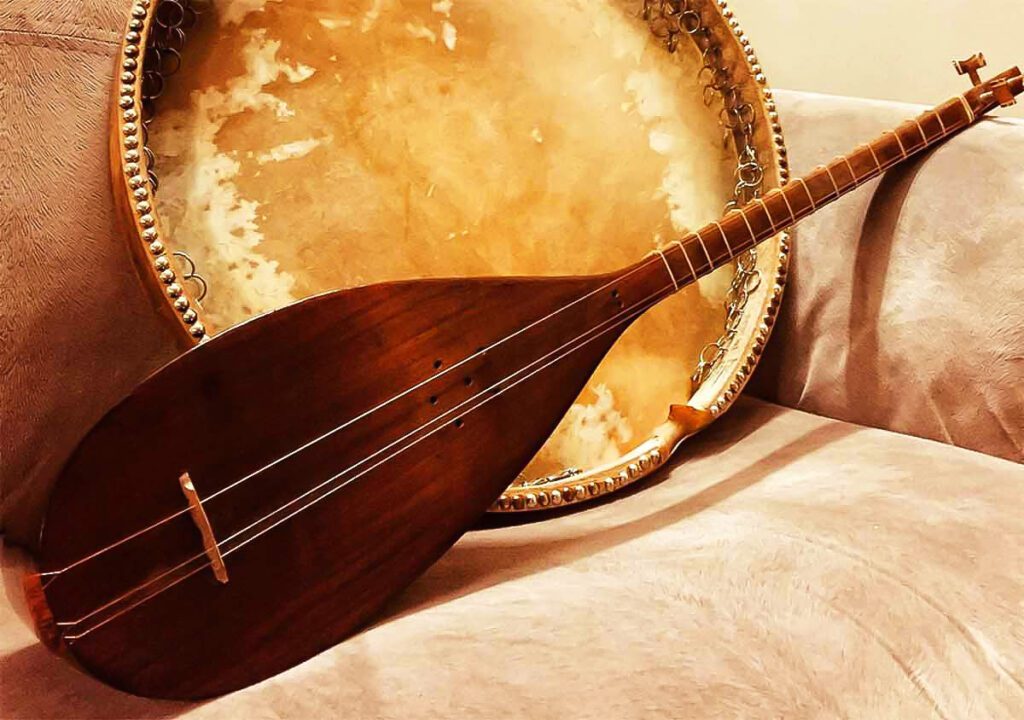
Radif
During the Qajar era and the reign of Naser al-Din Shah, the “Radif of Iranian Music” was developed. Radif is analogous to repertoire in Western music and encompasses a collection of melodic examples in traditional Iranian music. In the Radif of Iranian music, each musician can exercise creativity since improvisation forms the basis of the music. It’s worth noting that in 2009, the Radif was inscribed as the first independent Iranian intangible cultural heritage on UNESCO‘s Representative List of the Intangible Cultural Heritage of Humanity.
Avaz
The remaining five modes from the twelve modes are associated with the concept of “avaz“. Avaz refers to the vocal part of the music without a specific form or type in Iranian music. Some examples of avaz in traditional Iranian music include Bayat (Kurd, Turk, and Isfahan), Afshari, Dashti, Shushtari, and Abu Ata.
Each Iranian traditional avaz also has a “tahrir”, which is a melodious voice
created by the singer using their throat muscles. The choice of tahrir depends on the type of avaz and the singer’s preference.
Content of Iranian Music
The content of Iranian music has traditionally followed a fixed structure, including the “Pishdaramad” (initial prelude), “Daramad” (prelude), “Tasnif” (composition, a rhythmic piece with the singer’s vocals), “Chahar Mezrab” (quadruple rhythm), and a variable number of “Gusheh” (movements and patterns, which historically numbered around 228). It is interesting to note that ancient Iranian music had an improvisational-based content, but the content itself was deeply meaningful, philosophical, wise, and sometimes even epic, inviting the listener to contemplate the spiritual world and strive for greater goals.
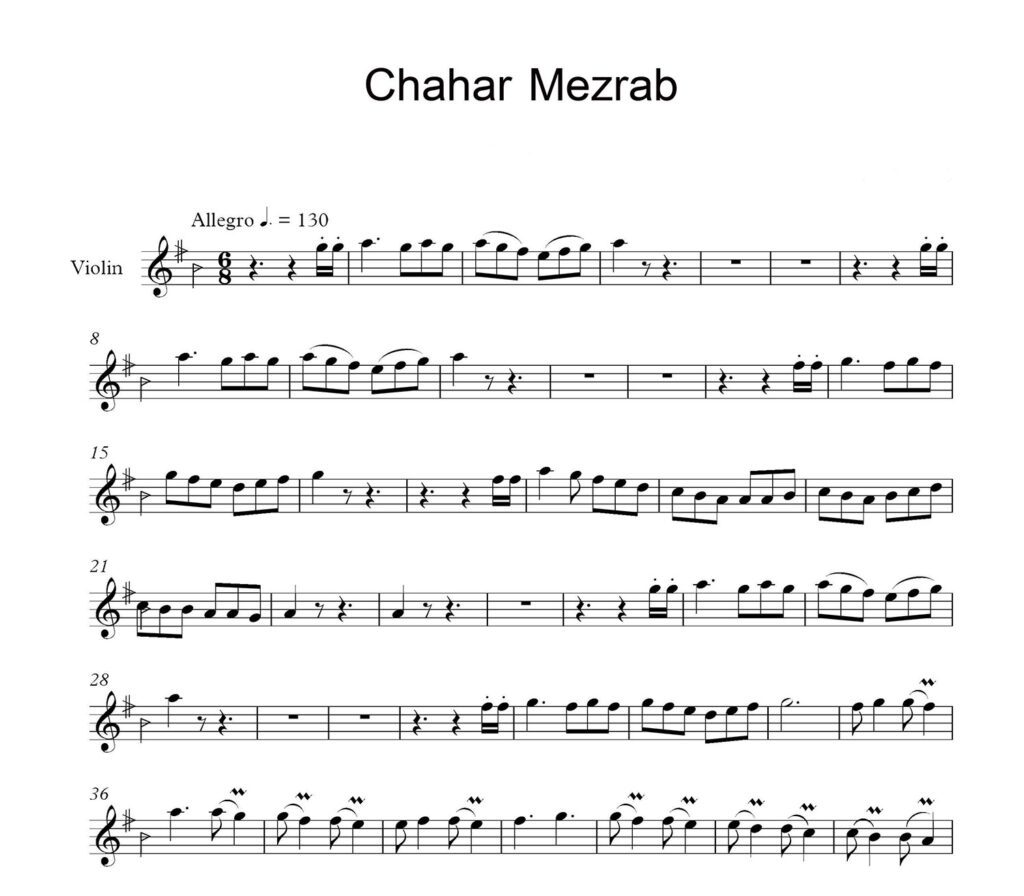
Traditional Iranian music has experienced ups and downs throughout different eras,
with many traditional melodies being lost and subject to cultural invasion.
However, as a whole, within Iranian music, one can find a collection of beliefs, customs, and genuine Iranian emotions.
Prominent Iranian Musicians
Some of the famous musicians in ancient Iran include Barbad, Nakisa, Ramtin, Bamshad and Sarkesh. In contemporary times, notable Iranian musicians include Abolhasan Saba, Qamar-ol-Moluk Vaziri, Seyed Jalal Tavakkol Esfahani, Ali-Naqi Vaziri, Habib Samayi, Mohammad Reza Shajarian, Hassan Kassai, Shahram Nazeri, Keyhan Kalhor and Bijan Kamkar. It’s worth mentioning that Mohammad Reza Shajarian has received the UNESCO Golden Picasso Medal and The UNESCO Mozart Medal and he has also been nominated for a Grammy Award.
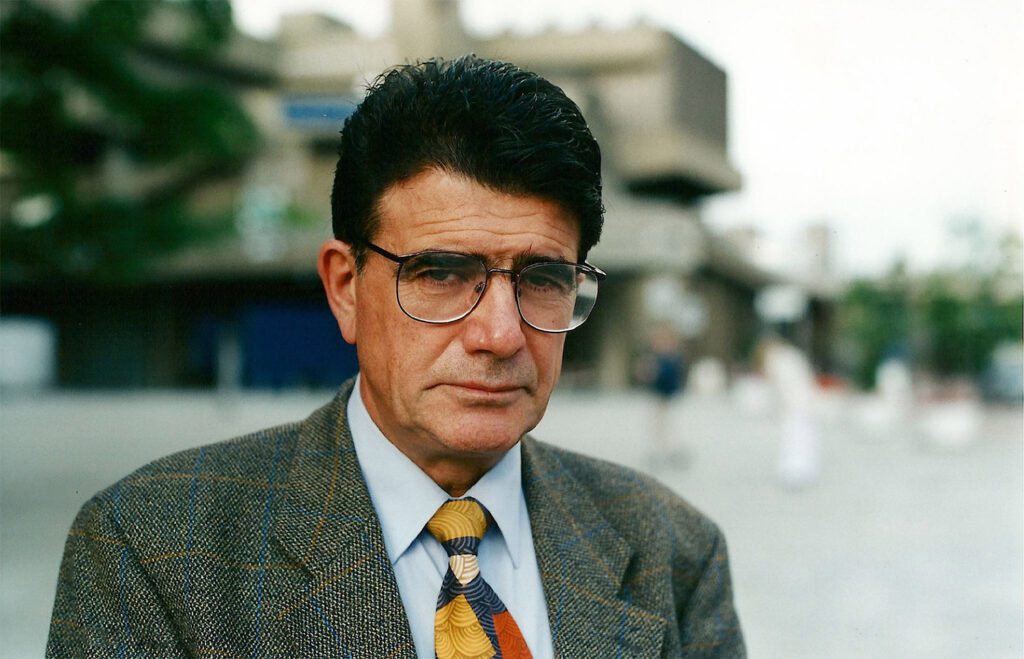
Traditional Iranian Instruments
Iranian instruments can be divided into several categories based on different eras: string instruments, wind instruments, percussion instruments, and percussion-stringed instruments. String instruments include kamancheh, oud, rabab, and tar. Wind instruments include ney, sorna, karna, and ney-anban.
percussion-stringed instruments include santur and the most important percussion instruments include daf, dayereh, tabl, and tombak.
Here is a brief description of some of these instruments:
Tar
This a long-necked string instrument is considered a national instrument of Iran and has undergone changes in different eras, including variations in the number of strings. It is also used in neighboring countries such as Armenia, Tajikistan, Afghanistan, the Republic of Azerbaijan, and Georgia. Prominent players of the tar throughout different eras include Ali Akbar Khan Farahani, Alinaghi Vaziri, Hussein Alizadeh, and Kayhan Kalhor.
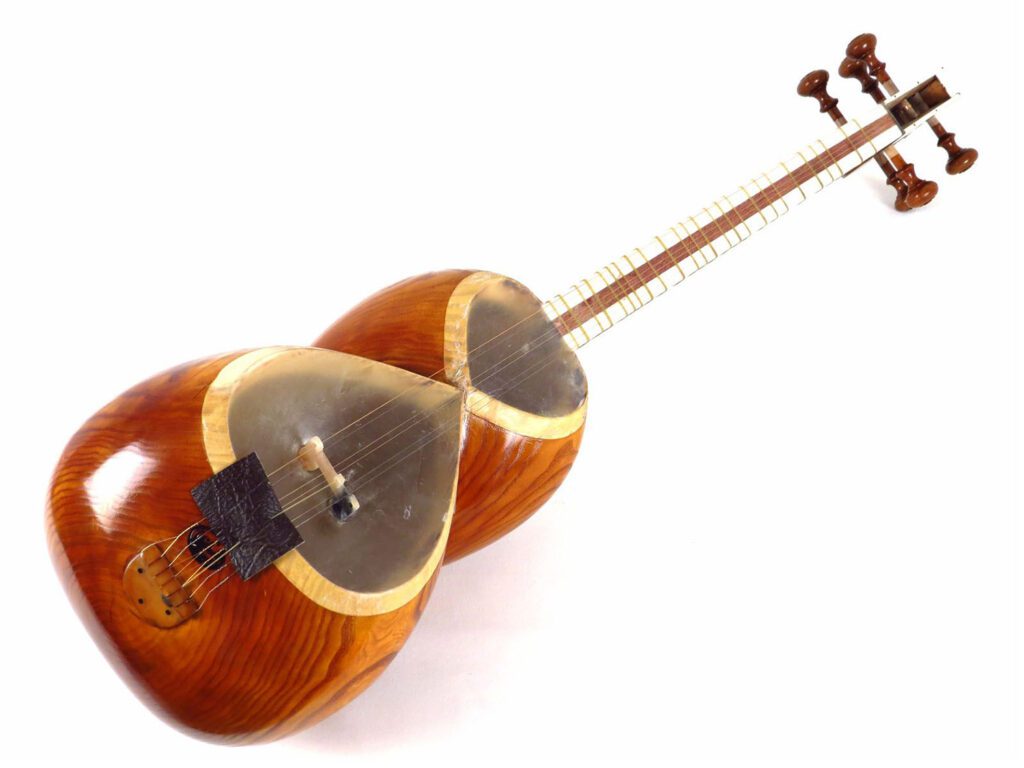
Dotar
Dotar is a pear-shaped plucked instrument with a long neck. It has only two strings and is played with the fingertips. Playing the dotar is common in Khorasan and Turkmen communities. Notable players of the dotar include Nazar Mohammad Soltani, Ghorban Soltani, and Mohammad Yeganeh.
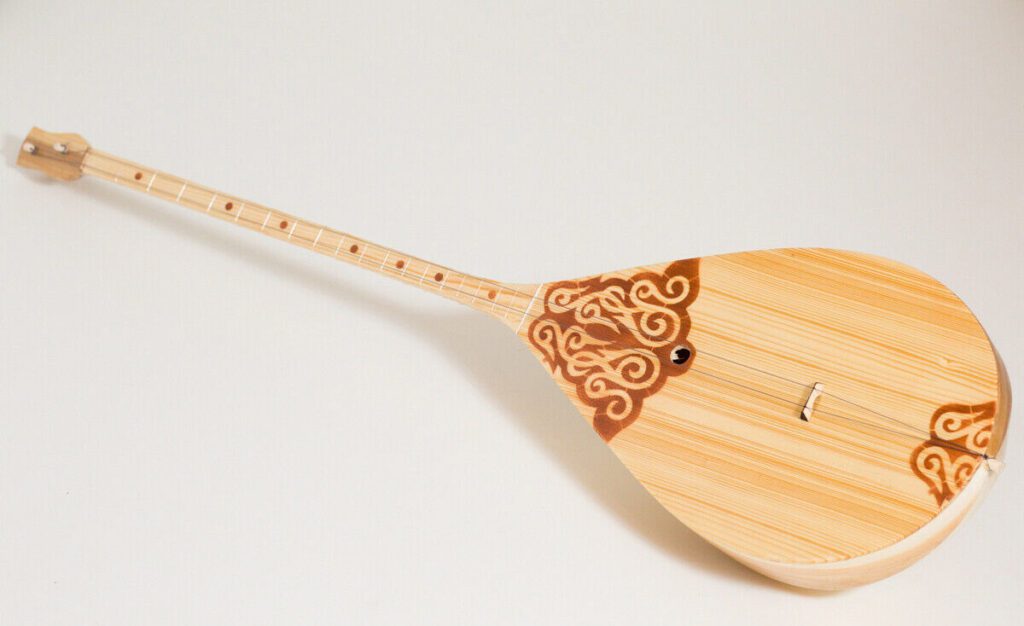
Setar
Setar is a finger-plucked instrument that is similar in shape and structure to the tar. It has a soft and delicate sound. Setar can be considered an evolved form of the tanbur and oud, and it has been played for about a thousand years since the Sassanian era. Some notable players of the setar include Mirza Abdullah, Darvish Khan, Abolhasan Saba, Dariush Talai, Masoud Shoari, and Keyhan Kalhor.
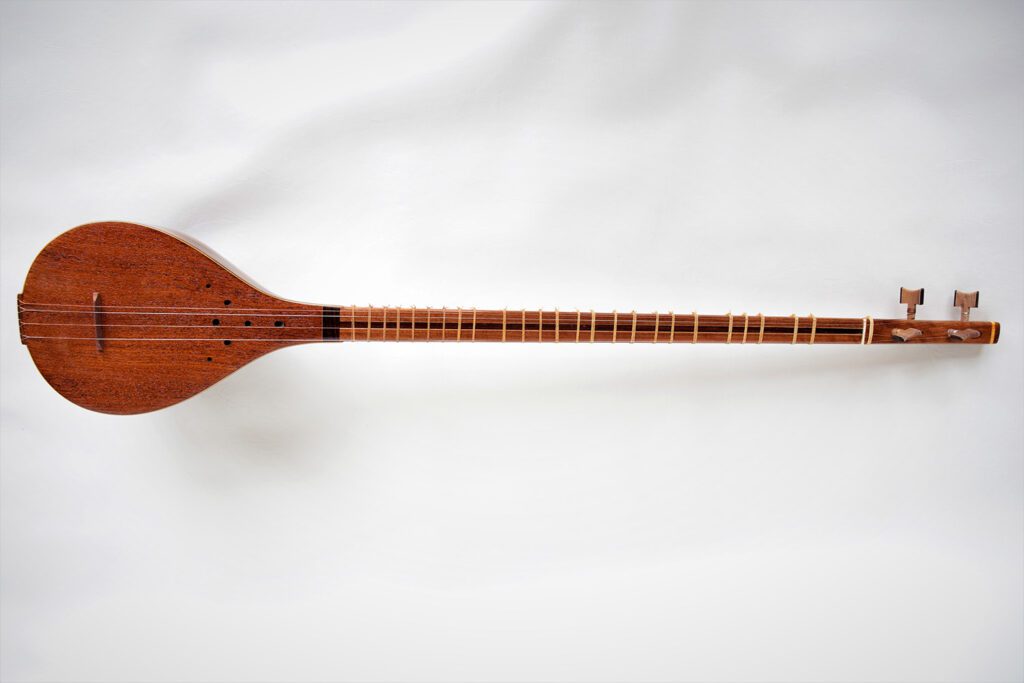
Ney
Ney is a wind instrument known for its sad sound. In ancient times, it was made from natural reed, but now it is mostly made artificially. It has five front holes and one back hole, and the sound is produced by finger movements on these holes. Prominent ney players in Iran include Nayeb Asadollah, Hossein Yavari, Hassan Kasaie, Mohammad Mosavi, Hassan Nahid, and Mohammad Ali Kiani Nejad.
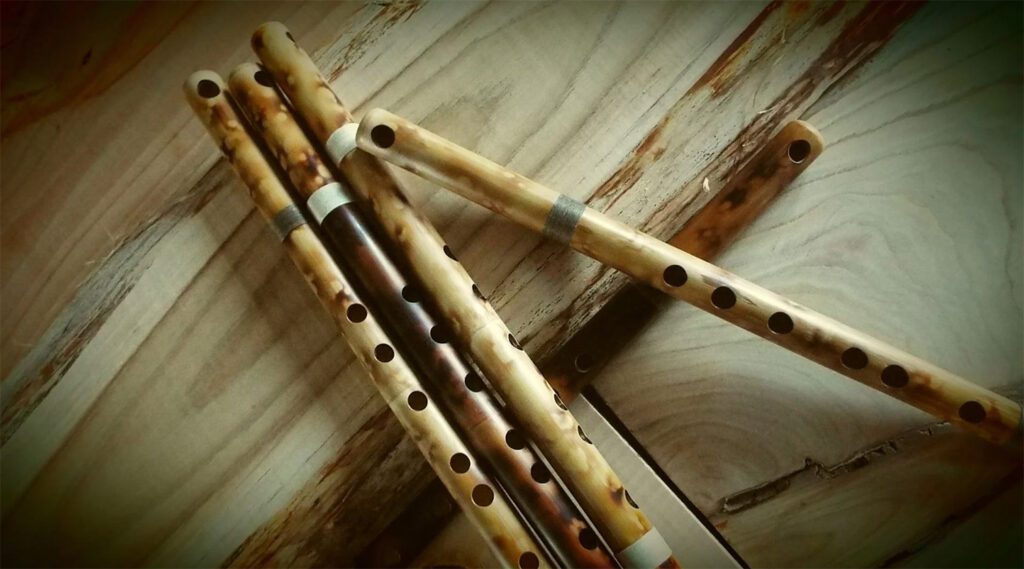
Tonbak
Tonbak is a percussion instrument that was originally made using clay pots but is now produced using wood and metal. The best wood for making this instrument is walnut, which has high durability and flexibility. Notable tonbak players from different eras include Haji Khan Zarbgir, Eisa Aghabashi, Reza Gholi Khan Norouzi, Abolhasan Saba, Hossein Tehrani, and Malouk Zarabi.
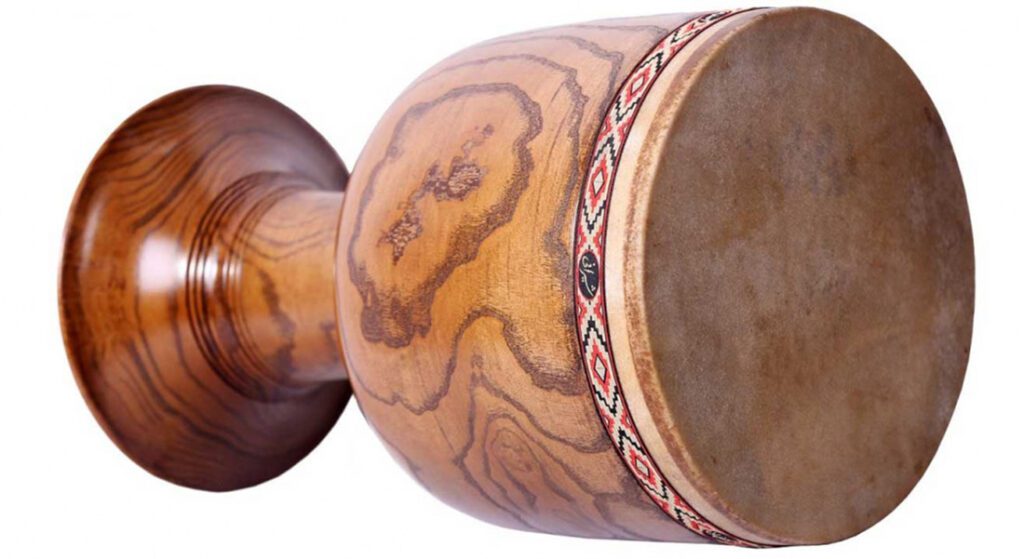
Santur
The santur is believed to have originated in the Assyrian era. It is a type of hammered dulcimer played using special mallets. This instrument is also mentioned in ancient Iranian texts. Notable santur players include Mohammad Sadegh Khan, Ali Akbar Shahi, Abolhasan Saba, Parviz Meshkatian, and Hossein Malek.
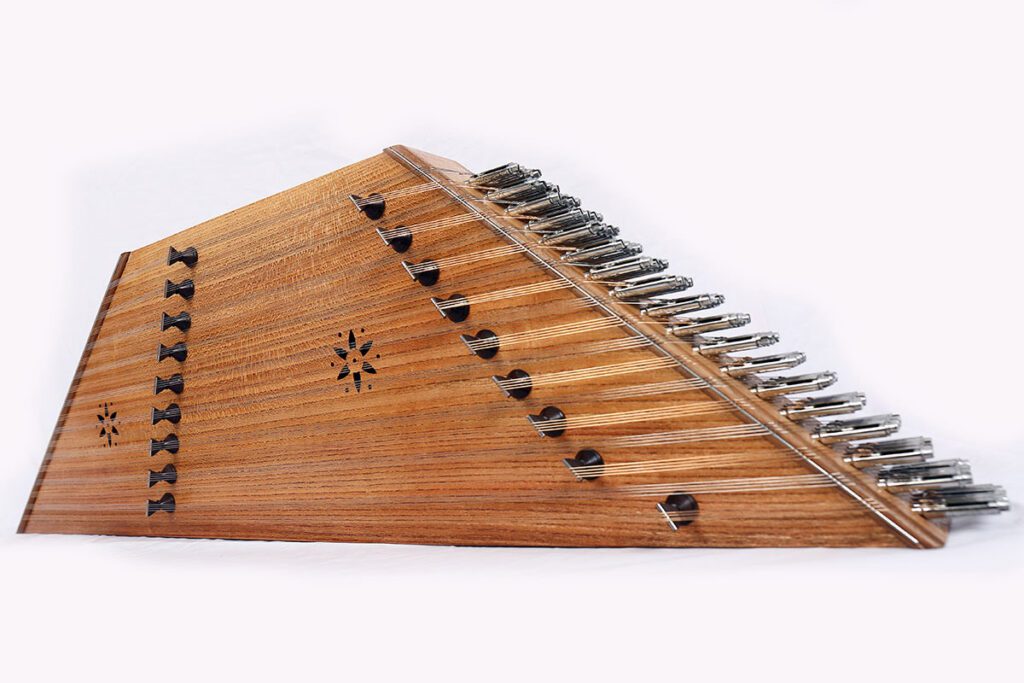
Naggareh
The naqareh, naqqara, nagara is a percussion instrument consisting of two bowl-shaped drums made of copper or clay, with the skins of cows or sheep stretched over them. These two drums are placed next to each other at two different heights. The taller drum produces a deeper sound, while the shorter drum has a higher pitch. Two Wooden sticks are designed for playing these drums. The naqhareh, along with the karna and sheipoor is usually played to announce important news or during significant celebrations.
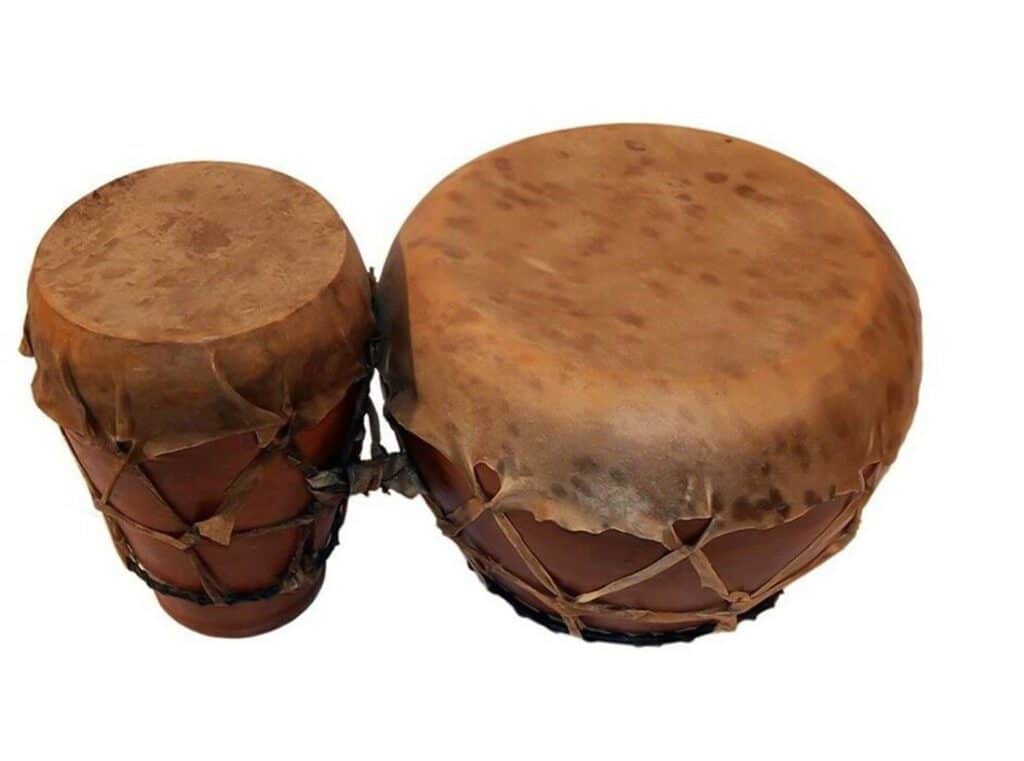
Given that there are numerous Iranian instruments, it is not possible to provide descriptions for all of them in this text. In this article, we have attempted to briefly introduce the history of classical and traditional Iranian music, musicians, and various Iranian instruments. We hope this information has been useful to you and has encouraged you to listen to Iranian music.
